Squash is a popular vegetable in many family meals, so let’s learn how to grow and care for squash properly to harvest large squash right in your own home.
1 Things to Note Before Growing Squash
Before growing squash, it is important to understand its growth characteristics, such as the best time to plant for larger squash, and the type of soil in which squash thrives…
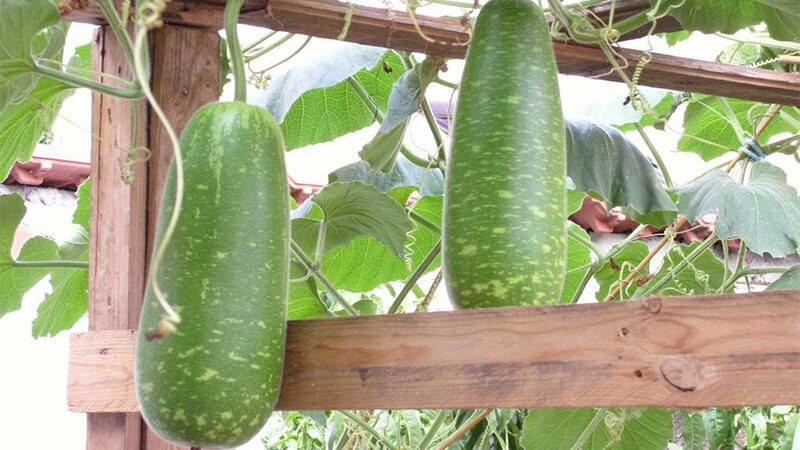 Things to Note Before Growing Squash
Things to Note Before Growing Squash
Timing
Although squash can be harvested year-round, it is better to plant it during the right season. Planting squash at the right time will create the best living environment for the plant, helping it to bear more fruit and achieve higher yields.
From November to January is the best time to plant squash.
Soil
Squash grows best in loamy or alluvial soil, which has a loose and fluffy texture, high fertility, and a pH between 6 and 7.
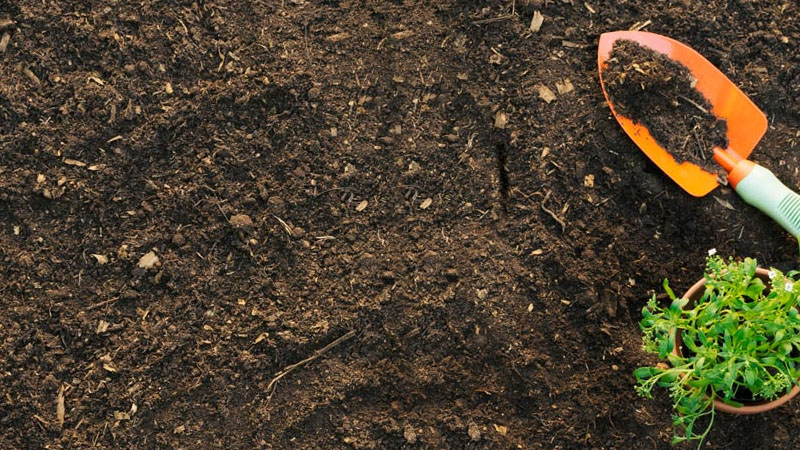 Squash grows best in loamy or alluvial soil
Squash grows best in loamy or alluvial soil
However, squash can also be grown in other types of soil. If you are planting squash at home, mix in some rice husks, coconut coir, and animal manure to provide additional nutrients to the soil.
Planting Density and Timing
The ideal planting density for squash is to space the plants at least 1 meter apart, sowing 3-4 seeds per hole with dimensions of 50x50x30cm.
The best time to plant squash is from the beginning of November to the end of December, as the cool and dry weather during this period is conducive to seed germination and the growth of young squash plants. Approximately 75 days after planting, you will start to see squash fruits forming.
2 How to Grow Squash for Larger and Abundant Fruits
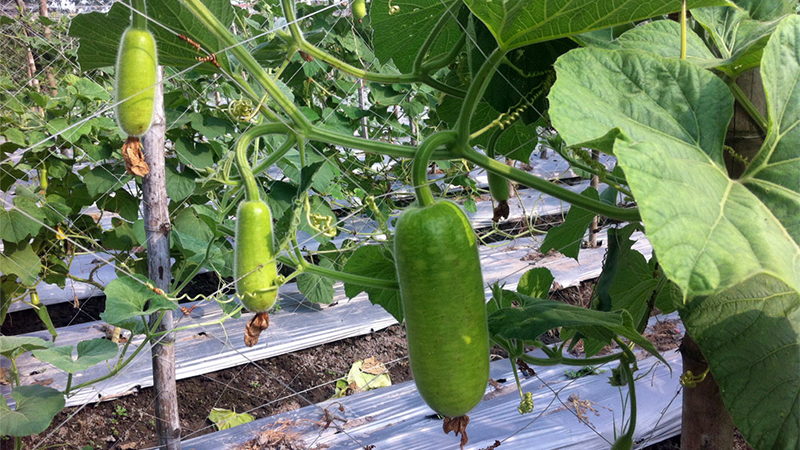 How to Grow Squash for Larger and Abundant Fruits
How to Grow Squash for Larger and Abundant Fruits
There are two methods to grow squash for larger and higher-quality fruits: planting with seeds and planting with seedlings.
Planting Squash with Seeds
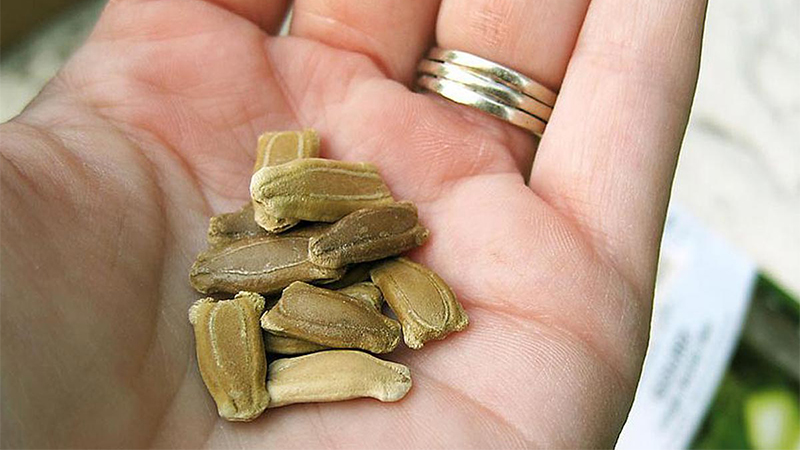 Planting Squash with Seeds
Planting Squash with Seeds
When using this method, make sure to purchase your seeds from reputable and high-quality sources.
- Seed Treatment before Sowing: Soak the seeds in 40-degree Celsius water for 3-6 hours, then remove and let them air dry. Wrap the soaked seeds in a damp cloth and place them in the refrigerator for about one day or until you see the seeds crack and germinate before sowing them in the soil.
- Growing Medium: When sowing the seeds, cover them with a layer of growing medium to maintain moisture for germination and provide support for the developing roots. You can use coconut coir, sawdust, or peat as the growing medium.
- Sowing: Sow the seeds at a depth of 2-3cm below the soil surface and cover them with a layer of growing medium. Avoid overwatering, and instead, lightly spray water to prevent the seeds from rotting.
Planting Squash with Seedlings
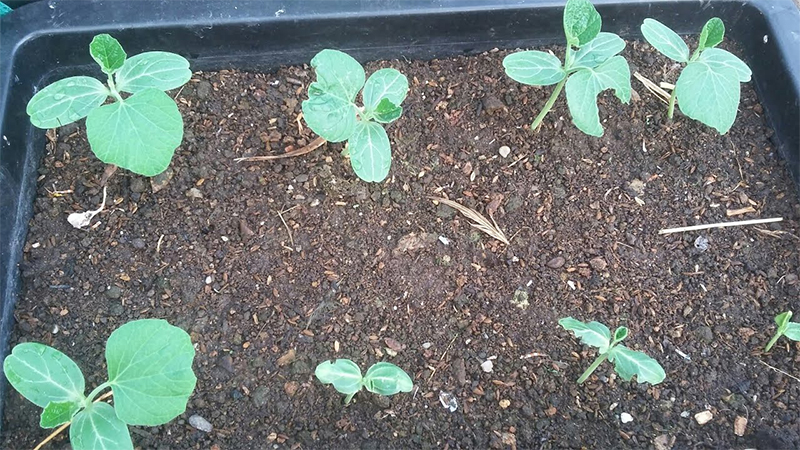 Planting Squash with Seedlings
Planting Squash with Seedlings
- Soil Preparation: Squash thrives in loose and fluffy soil, so make sure to till and loosen the soil to improve aeration before planting. Then, create holes in the soil to plant the seedlings.
- Planting Seedlings: Plant 3-4 squash seedlings that have already sprouted and have about 2-3 leaves in each hole. After planting, gently press the soil around the seedlings to secure them in place, filling up to half the height of the seedlings.
3 How to Care for Squash Plants
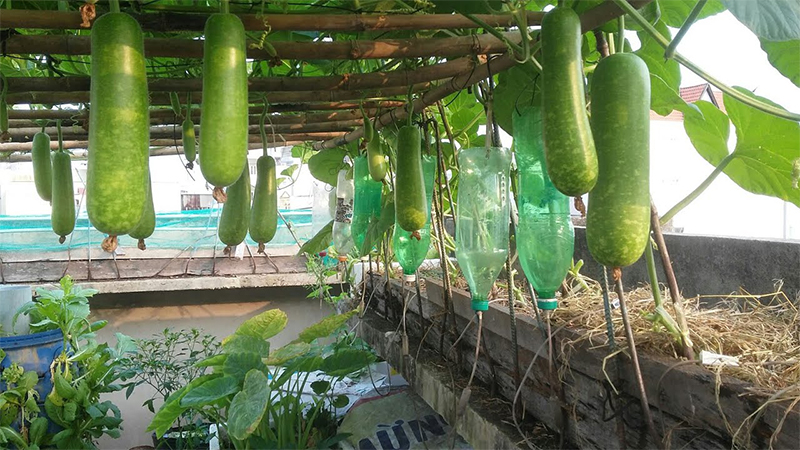 How to Properly Care for Squash Plants for Abundant Fruits
How to Properly Care for Squash Plants for Abundant Fruits
Proper care is crucial for the healthy development of squash plants and abundant fruit production. Here are some important considerations:
- Watering: Squash is a water-loving plant, so it is necessary to water it frequently, at least twice a day, to ensure it receives enough moisture for optimal growth. When the plant starts to flower and bear fruit, double the amount of water provided during each watering session.
- Fertilization: After about 60 days of planting, when the squash vines start to climb, apply nitrogen fertilizer and NPK fertilizer around the base of the plant. Fertilize the plant once a week until the squash fruits reach a size of two finger widths.
- Hilling: To encourage the development of more roots and enhance nutrient absorption, mound soil around the base of the plant when the vines reach a length of about 1 meter. Additionally, periodically add soil to the base of the plant to provide extra nutrients to the roots.
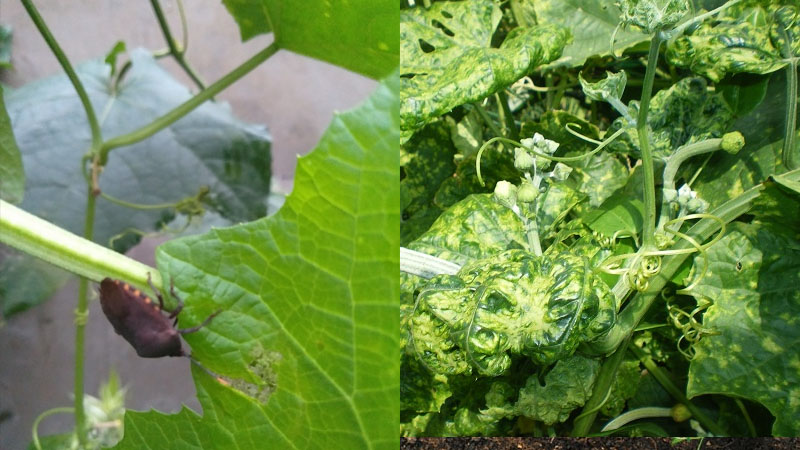 Spray insecticides as soon as you spot leaf-cutting bees, soft scale insects, or melon aphids on the leaves and stems of the squash plant
Spray insecticides as soon as you spot leaf-cutting bees, soft scale insects, or melon aphids on the leaves and stems of the squash plant
- Pest Control: As soon as you spot leaf-cutting bees, soft scale insects, or melon aphids on the leaves and stems of the squash plant, spray insecticides to control the pest population. Additionally, apply fungicides to prevent viral and fungal infections that could cause the plant to wither and die.
- Trellis Installation: About one to two months after planting, set up a trellis for the vines to climb. Use thin steel wires connected to each other, with a height of about 2-3 meters. Then, gently guide the growing tips of the squash vines onto the trellis.
- Pruning: After the plant has set fruit, cut back old branches and leaves. After harvesting the squash, prune the growing tips and branches to encourage fruit production on other side branches.
- Harvest: Squash can be harvested approximately 70 days after planting. Depending on the variety, the fruits will reach a length of 15-50cm about 10-15 days after flowering. The flesh of overripe squash becomes tough and loses its nutritional value, so avoid letting the fruits stay on the vine for too long.
4 Benefits of Squash
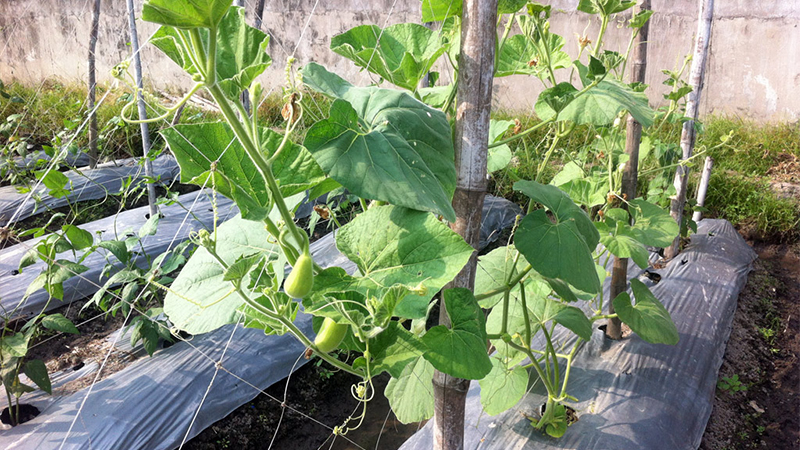 Benefits of Squash
Benefits of Squash
Squash is low in calories and has a sweet, mellow flavor. Additionally, squash has cooling and detoxifying properties, and it is used in the treatment of diabetes and skin eruptions.
Due to these benefits, squash flowers and seeds are often sun-dried and used as medicinal ingredients in traditional Eastern medicine.
Squash is a versatile vegetable that can be used in a variety of delicious and refreshing dishes, such as soups, stir-fries, and more.
Thank you for joining us to learn about the planting season, cultivation methods, and care techniques for growing abundant and large squash.



































